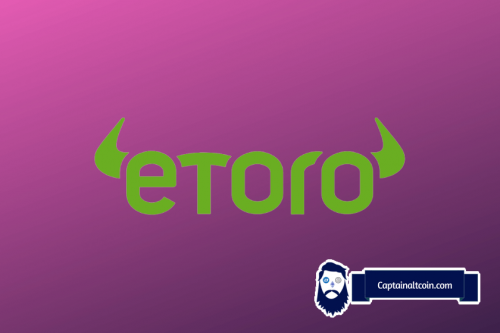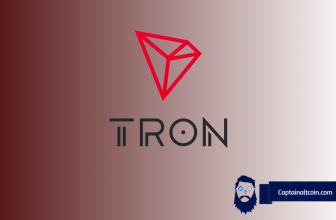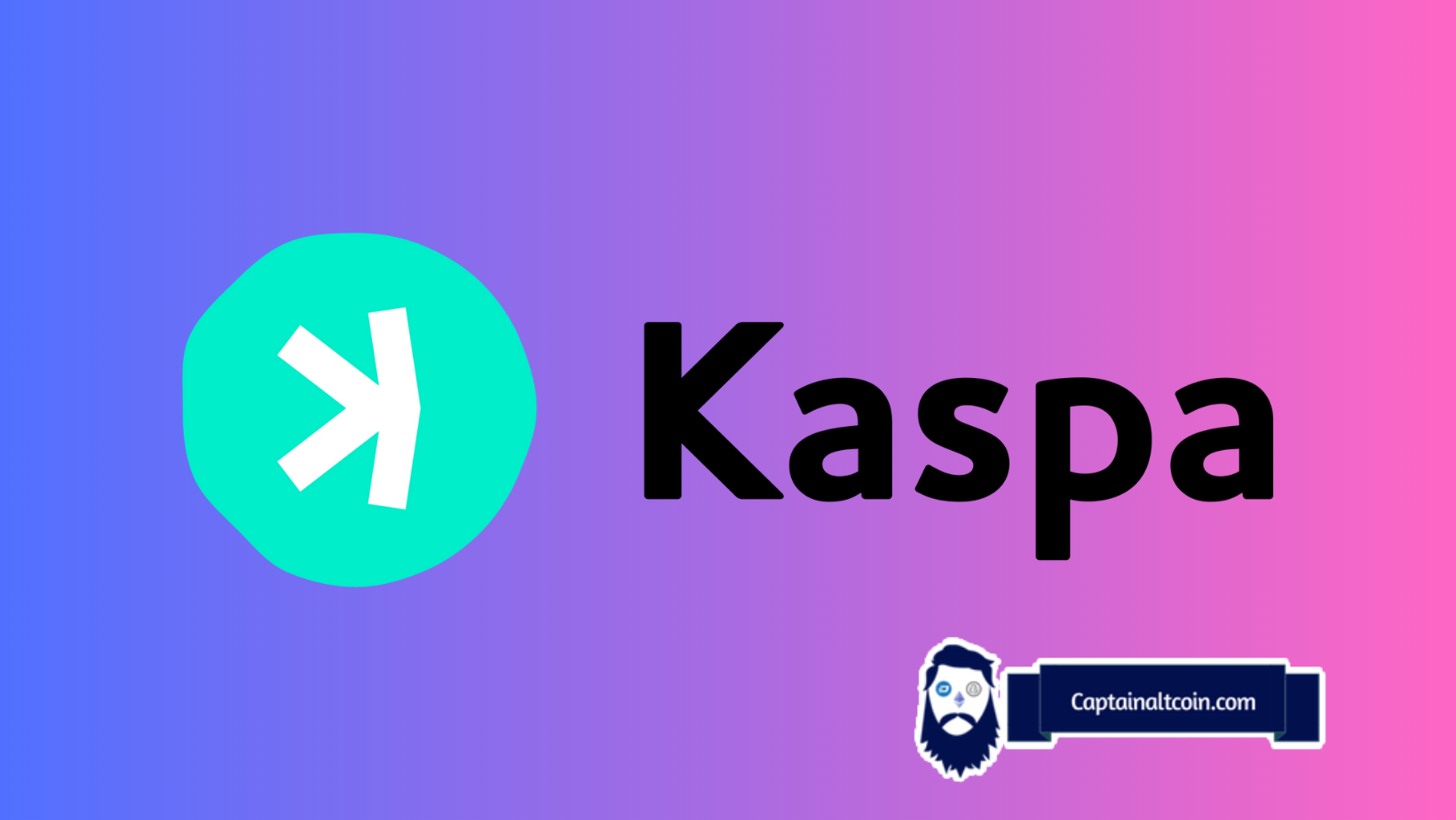
Kaspa (KAS), a scalable and decentralized blockchain platform, has been gaining traction among crypto enthusiasts and traders alike. As the project continues to develop and attract attention, many are speculating on its potential price targets and the role of the power law in its valuation. In this article, we’ll explore the insights shared by prominent traders and analysts regarding Kaspa’s future prospects.
What you'll learn 👉
Realistic $1-$2 Target and Disbelief Phase
Trader Jackson thinks that Kaspa hasn’t reached the “disbelief” stage, indicating that the market is still largely underestimating the project’s potential. According to JACKIS, a realistic price target for KAS lies between $1 and $2, implying significant upside potential from its current valuation.
A gradual increase in price and a growing sense of skepticism among market participants are frequently characteristics of the disbelief phase. As Kaspa continues to prove its value and gain adoption, it is likely that more investors will begin to recognize its potential, leading to a surge in price as the disbelief phase gives way to more bullish sentiment.
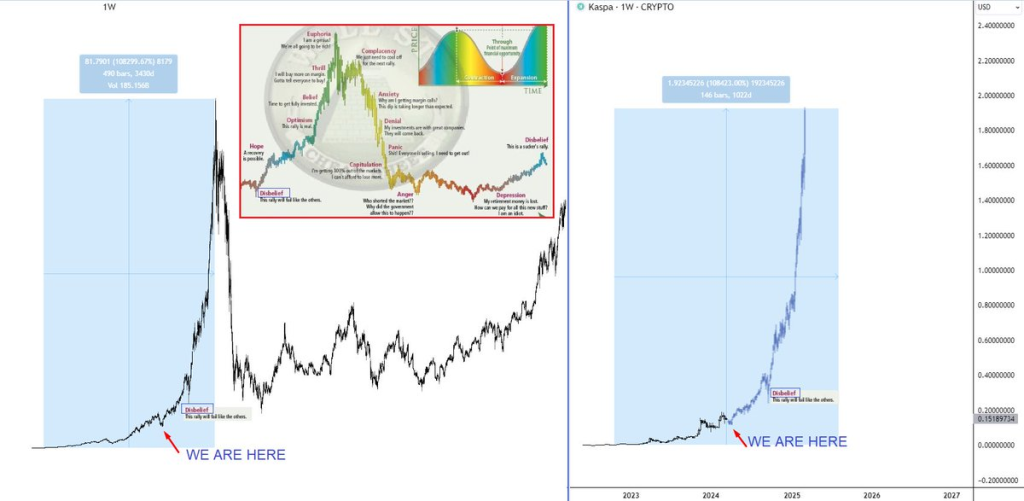
Power Law and Fair Value Growth
Analyst Miko Genno has been closely monitoring Kaspa’s power law and its impact on the project’s fair value. According to Genno, Kaspa’s fair value is currently increasing at an impressive rate of 0.5% per day, providing a strong level of support for the token’s price.
Genno’s observation of Kaspa’s fair value growth rate suggests that the project is on a solid trajectory, with the power law acting as a reliable indicator of its future price potential.
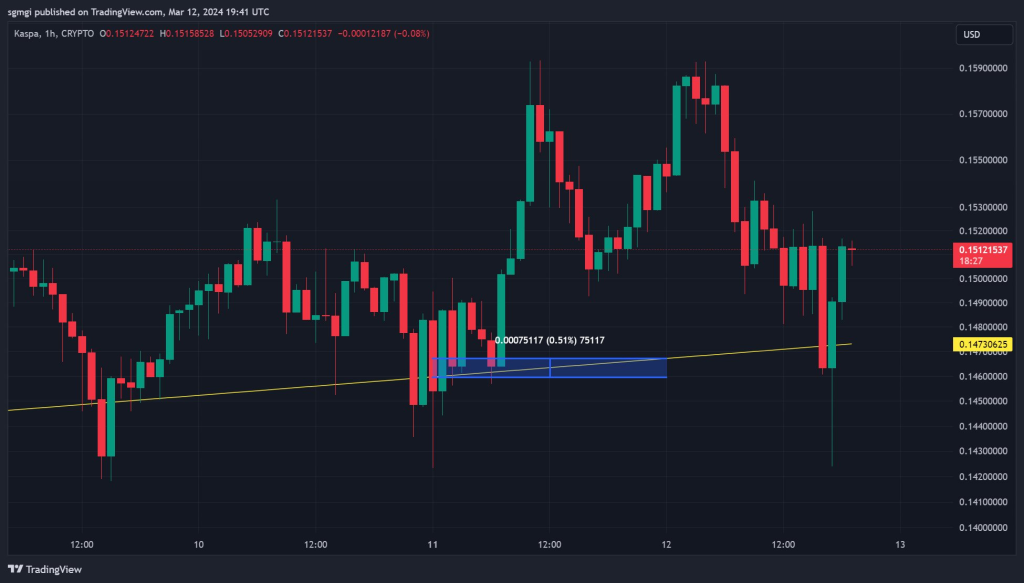
In a popular Medium article titled “Bitcoin and Kaspa: Not your regular crypto,” author Chancellor discusses Kaspa’s power law and its implications for the project’s valuation. While Genno appreciates the exposure the article brings to Kaspa, he believes that the calculations presented in the piece are slightly understated.
Chancellor’s article predicts a fair value of $1 for Kaspa by mid-2026, using the equation 0.0117*(Calendar year – 2022.35)^2.556. However, Genno points out that the genesis block date used in the calculation (May 8th, 2022) is incorrect, as Kaspa’s actual genesis block was mined on November 7th, 2021.
Doge2014 raises 500K in days celebrating Dogecoin. Make potentially big profits and get in on exclusive airdrop!
Show more +Furthermore, Genno argues that an N number of 2.556, as used in Chancellor’s equation, would predict an extremely quick drop-off in gains. When plotted on a log-log graph using the correct genesis block date, the lines do not appear linear, as a power law should be.
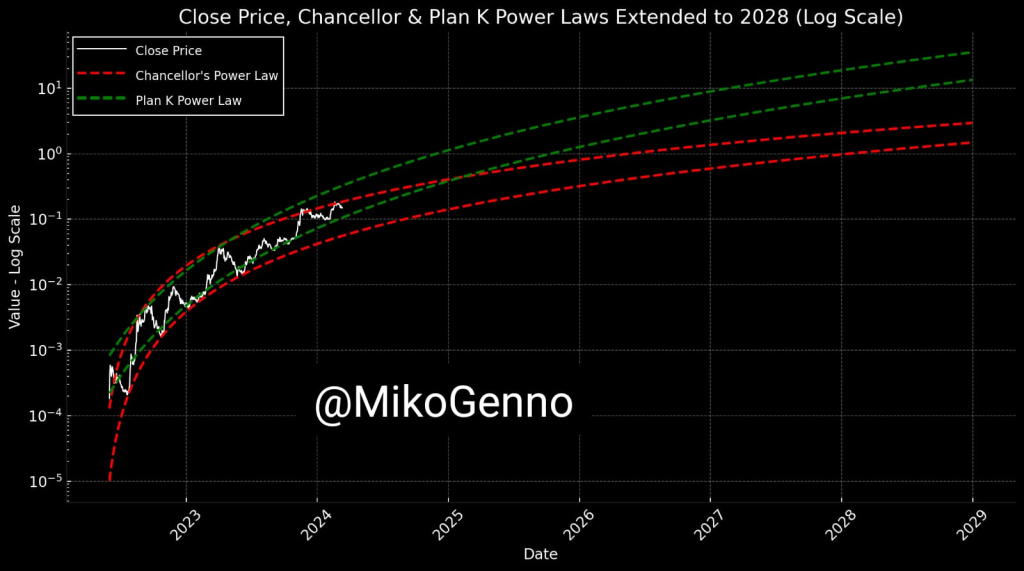
By using his own calculations, which are similar to @Giovann35084111’s method for Bitcoin, Genno anticipates that Kaspa will reach a fair value of $1 by mid-2025. This suggests that the Chancellor’s model may underestimate Kaspa’s price potential, and that the actual growth could exceed these predictions.
As Kaspa continues to gain momentum and attract the attention of the crypto community, traders and analysts are closely monitoring its price action and the underlying power law that governs its fair value growth. With a realistic target of $1-$2 and a steadily increasing fair value, Kaspa appears well-positioned for significant growth in the coming years.
You may also be interested in:
- Top 7 Token Unlocks to Watch This Week: Arbitrum (ARB), Aptos (APT) and More
- 4 Less Popular Meme Coins and NFT Collections to Watch This Bull Market
- Global Surge in Raffle Coin (RAFF) Presale: Avalanche (AVAX) & Polkadot (DOT) Bulls Predict an Explosive 35X Growth
We recommend eToro
Wide range of assets: cryptocurrencies alongside other investment products such as stocks and ETFs.
Copy trading: allows users to copy the trades of leading traders, for free.
User-friendly: eToro’s web-based platform and mobile app are user-friendly and easy to navigate.

